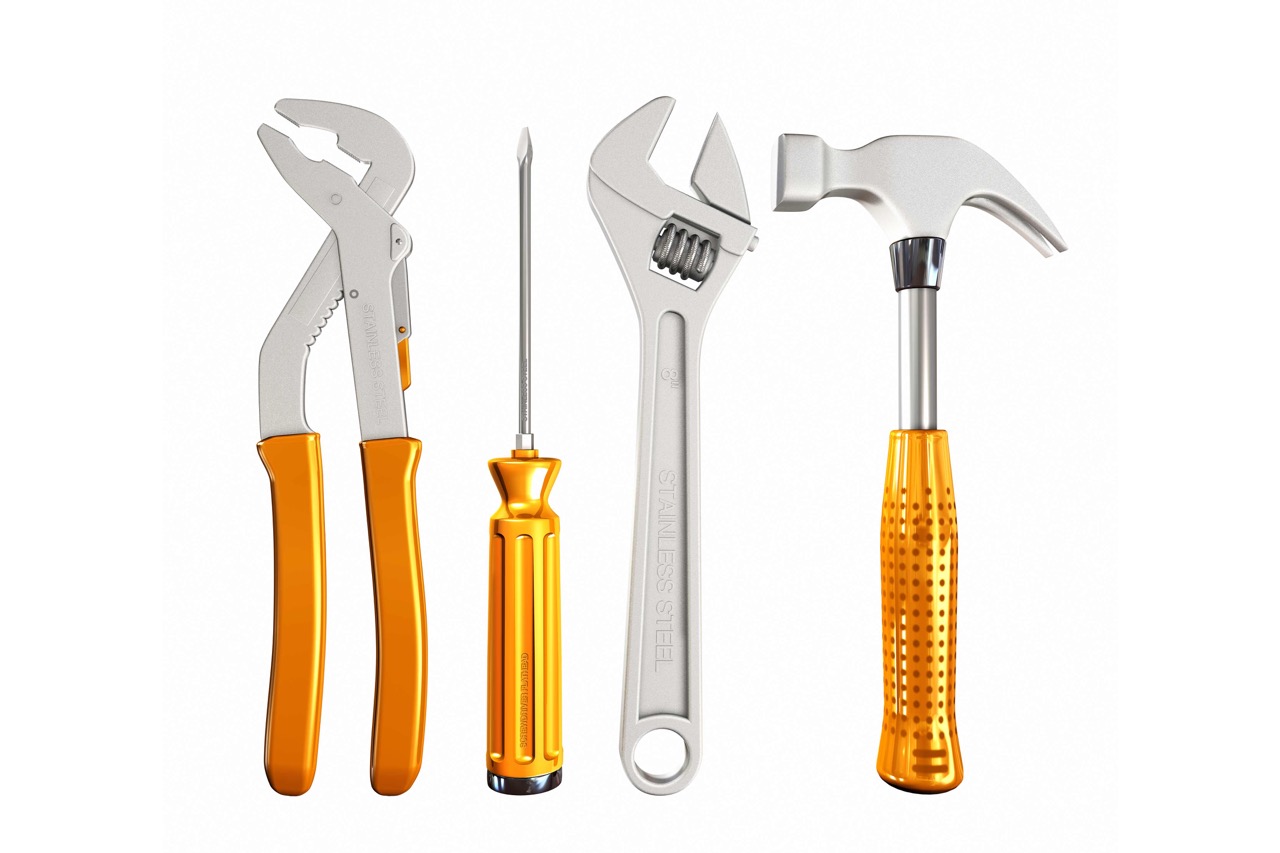

Articles
What Is A Hand Tool
Modified: January 6, 2024
Discover the essential hand tools you need for your DIY projects with our informative articles. Learn about different types of hand tools and their uses.
(Many of the links in this article redirect to a specific reviewed product. Your purchase of these products through affiliate links helps to generate commission for Storables.com, at no extra cost. Learn more)
Introduction
Hand tools are essential instruments for various tasks, ranging from simple household repairs to complex woodworking projects. These tools have been used by humans for thousands of years and have played a crucial role in shaping civilizations. In today’s fast-paced world, where power tools dominate the market, hand tools continue to hold their own significance. They are versatile, reliable, and offer a level of control and precision that is hard to achieve with their electric counterparts.
Hand tools can be defined as manually operated tools designed to assist in tasks that require manipulation, cutting, shaping, or assembly of materials. They are typically made of durable materials like steel, iron, or wood and are designed to be operated by one hand or using minimal force.
There are numerous types of hand tools available, each serving a specific purpose. From simple screwdrivers and hammers to intricate pliers and wrenches, these tools cater to a wide range of applications across various industries. Whether you are a professional carpenter, a DIY enthusiast, or just an average homeowner, having a basic set of hand tools is essential for tackling minor repairs, assembling furniture, or engaging in creative projects.
Key Takeaways:
- Hand tools offer precision, portability, and cost-effectiveness, making them essential for various tasks. They provide greater control and reduced risk of damage, ideal for DIY projects and professional tradespeople.
- Proper maintenance and safe handling of hand tools are crucial for longevity and user safety. Regular cleaning, sharpening, and following safety guidelines ensure optimal performance and minimize accidents.
Read more: What Are Hand Tools Made Of
Definition of Hand Tools
Hand tools are a category of tools that are manipulated by hand rather than by a motorized or electrical source. These tools are designed to be versatile and portable, allowing users to perform a wide range of tasks with precision and control. Unlike power tools, hand tools do not rely on external power sources, making them accessible and convenient for both professional tradespeople and DIY enthusiasts.
The primary function of hand tools is to assist in manipulating, cutting, shaping, or assembling various materials. They are typically made of durable materials such as steel, iron, or wood, ensuring their longevity and reliability. Hand tools come in various shapes and sizes, each specifically designed for a particular task or trade.
Hand tools can be categorized into several groups, including cutting tools, driving tools, gripping and holding tools, measuring and layout tools, and specialty tools. Cutting tools such as saws, chisels, and knives are used for shaping and removing material. Driving tools like screwdrivers and wrenches are used to tighten or loosen fasteners. Gripping and holding tools, such as pliers and clamps, are used to grasp or secure objects. Measuring and layout tools, including tape measures and levels, help in ensuring accuracy and precision. Speciality tools cater to specific tasks, such as plumbing or electrical work.
One of the key advantages of hand tools is their portability. Unlike heavier power tools, hand tools can be easily carried and used in various locations. This makes them ideal for on-the-go repairs or projects that require mobility. Additionally, hand tools often provide better control and accuracy, as they rely on the user’s skill and finesse rather than the brute force of a motor.
It is worth noting that while hand tools are versatile and handy, they may not always be the most efficient option for every task. Power tools, with their increased speed and strength, are better suited for heavy-duty or large-scale projects. However, having a well-rounded collection of hand tools is still essential for any toolkit, as they can offer greater precision, accessibility, and flexibility in many situations.
Types of Hand Tools
Hand tools come in various types, each designed to serve a specific purpose and cater to different trades and tasks. Here are some of the most common types of hand tools:
- Hammers: Used for driving nails or striking objects. Different types of hammers include claw hammers, ball-peen hammers, and rubber mallets.
- Screwdrivers: Essential for turning screws. They come in different sizes and types, such as flathead screwdrivers, Phillips screwdrivers, and Torx screwdrivers.
- Wrenches: Used for gripping and applying torque to nuts and bolts. Common types of wrenches include adjustable wrenches, socket wrenches, and allen wrenches.
- Pliers: Designed for gripping, bending, and cutting. There are various types of pliers, including diagonal pliers, needle-nose pliers, and slip-joint pliers.
- Hand Saws: Designed for cutting through wood and other materials. Common types of hand saws include crosscut saws, rip saws, and coping saws.
- Chisels: Used for cutting or shaping wood and other materials. Chisels come in different sizes and shapes, such as beveled edge chisels, mortise chisels, and carving chisels.
- Files: Used for shaping and smoothing surfaces. Files are available in various shapes and grades, including flat files, half-round files, and needle files.
- Clamps: Used to hold objects securely in place. Different types of clamps include C-clamps, bar clamps, and pipe clamps.
- Tape Measures: Essential for measuring distances accurately. Tape measures are available in different lengths and units of measurement.
- Levels: Used to determine if a surface is level or plumb. Levels come in various sizes, including bubble levels, laser levels, and torpedo levels.
These are just a few examples of the numerous hand tools available. Each type of hand tool serves a specific purpose and can be valuable for different trades and projects. It’s important to have a well-rounded collection of hand tools in your toolbox to tackle a wide range of tasks effectively.
Benefits of Using Hand Tools
Hand tools offer numerous advantages over their power tool counterparts. While power tools may have their place in certain situations, hand tools provide unique benefits that make them indispensable for many tasks. Here are some of the key benefits of using hand tools:
- Portability: Hand tools are typically lightweight and portable, allowing for easy transportation and use in various locations. Unlike power tools that require a power source, hand tools can be carried to remote or outdoor areas, making them ideal for on-the-go repairs or projects.
- Precision and Control: Hand tools give users greater control and precision over their tasks. The manual operation allows for fine adjustments and delicate maneuvers, resulting in more accurate and detailed work. This makes hand tools particularly valuable for tasks that require careful craftsmanship or intricate detailing.
- Quieter Operation: Power tools can be loud and disruptive, especially in residential areas. Hand tools, on the other hand, operate silently, making them more suitable for noise-sensitive environments. They allow for quieter repairs and projects, ensuring minimal disturbance to others.
- Reduced Risk of Damage: Hand tools often offer a gentler touch, reducing the likelihood of damaging delicate materials or surfaces. With power tools, there is a higher risk of applying too much force or causing accidental harm. Hand tools, with their manual control, allow for better sensitivity when handling fragile or sensitive materials.
- Cost-Effective: Hand tools are generally more affordable than power tools, making them accessible to a wider range of users. They require less maintenance and have longer lifespans, resulting in lower operating costs over time. Additionally, hand tools often do not require additional expenses, such as electricity or batteries.
- Improved Safety: While all tools carry some level of risk, hand tools are generally safer to use than power tools. They eliminate the risk of electrical shocks or malfunctions and offer better control over the tool’s movements. With proper handling and adherence to safety guidelines, hand tools can greatly reduce the risk of accidents or injuries.
- Easier Learning Curve: Hand tools are often simpler to learn and use compared to power tools. They have fewer complex features or settings, making them more beginner-friendly. This allows individuals of all skill levels to pick up hand tools quickly and gain confidence in their abilities.
These benefits make hand tools an essential part of any toolkit. Their versatility, precision, portability, and cost-effectiveness make them invaluable for a wide range of tasks, whether you are a professional tradesperson or a DIY enthusiast.
When using hand tools, always wear appropriate safety gear such as gloves and eye protection. This will help protect you from potential injuries while working with hand tools.
Basic Hand Tools Every Toolbox Should Have
When it comes to building and maintaining a basic toolkit, there are a few essential hand tools that every toolbox should have. These tools serve as the foundation for various repairs, installations, and DIY projects. Here are some of the basic hand tools that should be included in every toolbox:
- Screwdrivers: A set of screwdrivers with various sizes and types is essential. Having both flathead and Phillips screwdrivers will cover the majority of screw types encountered.
- Hammer: A claw hammer is a versatile tool for driving and pulling nails, as well as light demolition work.
- Pliers: A pair of slip-joint pliers and needle-nose pliers will enable you to grip and manipulate objects of various shapes and sizes.
- Adjustable Wrench: An adjustable wrench is useful for tightening or loosening different sizes of nuts and bolts.
- Tape Measure: A tape measure is crucial for accurately measuring distances and dimensions in any project.
- Utility Knife: A utility knife with replaceable blades is perfect for cutting, scoring, and opening packages or materials.
- Level: A bubble level will help ensure that surfaces, shelves, or pictures are perfectly horizontal or vertical.
- Saw: A handsaw or a hacksaw is necessary for cutting through various materials, such as wood or metal.
- Chisel: A chisel is useful for trimming, shaping, or carving wood or other materials.
- Clamps: Having a couple of clamps on hand helps secure workpieces or hold items in place during projects.
These basic hand tools form the core essentials of any toolbox. With these tools, you can tackle a wide range of tasks, from simple repairs and installations to more complex DIY projects. As you gain experience and take on more specialized projects, you can gradually expand your collection to include additional hand tools that cater to your specific needs.
Remember, investing in high-quality hand tools that are durable and built to last is essential. Good craftsmanship and materials will ensure that your tools can withstand heavy use and provide reliable performance for years to come.
Read more: What Is Metalworking Hand Tools
Proper Maintenance and Safety Tips for Hand Tools
Proper maintenance and safe handling of hand tools are crucial to ensure their longevity, optimal performance, and most importantly, the safety of the user. By following a few simple maintenance and safety guidelines, you can keep your hand tools in good working condition and minimize the risk of accidents. Here are some tips to keep in mind:
- Regular Cleaning: After each use, clean your hand tools to remove any dirt, debris, or moisture. Wipe them down with a clean cloth and, if necessary, use a mild detergent or solvent to remove stubborn grime. Dry them thoroughly to prevent rust or corrosion.
- Proper Storage: Store your hand tools in a dry and secure place to protect them from moisture and damage. Consider using a toolbox or a designated storage rack to keep them organized and easily accessible.
- Sharpening and Lubrication: Regularly inspect and maintain the cutting edges of tools like saws, chisels, and knives. Keep them sharp and in good condition to ensure efficient and safe operation. Apply lubricating oil to hinges, joints, and other moving parts to reduce friction and ensure smooth operation.
- Handle Inspection: Check the handles of your hand tools regularly for cracks, splinters, or signs of wear. Replace any damaged handles promptly to avoid accidents or injuries.
- Proper Use and Techniques: Familiarize yourself with the correct use of each hand tool and follow manufacturer instructions. Avoid using hand tools for tasks they are not designed for, as this can lead to damage or accidents. Use tools with the appropriate technique, apply the right amount of force, and avoid overstraining them.
- Personal Protective Equipment: Wear appropriate personal protective equipment, such as safety glasses, gloves, or ear protection, when necessary. Different tasks may require different protective gear to minimize the risk of injury.
- Secure Workpieces: When working with hand tools, ensure that the workpieces are securely clamped or fixed in place to prevent them from shifting or slipping during use. This will help maintain control over the tool and reduce the risk of accidents.
- Proper Hand Placement: Always place your hands in the designated gripping areas of the hand tool. Avoid placing your fingers or hands on the cutting edges or moving parts, as this can lead to severe injuries.
- Take Breaks: If you are engaged in prolonged or repetitive tasks, take regular breaks to prevent fatigue or strain. Overexertion can decrease your focus and increase the risk of accidents.
- Training and Education: Stay informed about safe handling practices and stay updated on any new techniques or safety guidelines. Consider attending training courses or workshops to enhance your knowledge and skillset.
Remember, proper maintenance and safe handling of hand tools are essential to ensure their longevity and protect yourself and others from potential harm. By following these guidelines, you can enjoy the benefits of your hand tools while minimizing risks and maximizing your efficiency and safety in various projects and tasks.
Conclusion
Hand tools are indispensable instruments that have been used by humans for centuries. They offer a level of precision, control, and versatility that make them essential for various tasks, from simple repairs to complex DIY projects. While power tools have their place, hand tools provide unique benefits that cannot be replicated by their electric counterparts.
Throughout this article, we have explored the definition of hand tools, the different types available, the benefits they offer, and the basic tools that every toolbox should have. We have also discussed the importance of proper maintenance and safe handling techniques to ensure their longevity and protect the user from potential accidents.
By investing in a well-rounded collection of hand tools and taking the time to learn their proper use and maintenance, you can handle a wide range of tasks with precision and efficiency. Hand tools provide you with the ability to tackle projects anywhere, anytime, without the need for a power source. They offer greater control over the workpiece and reduce the risk of damage to delicate materials.
Remember, safety should always be a top priority when working with hand tools. Adhere to proper handling techniques, wear appropriate protective gear, and take regular breaks to prevent fatigue. Maintaining your hand tools by cleaning them after use, sharpening blades, and inspecting handles will not only ensure their longevity but also enhance their performance.
In conclusion, whether you are a professional tradesperson, a DIY enthusiast, or a homeowner with basic repair needs, hand tools are an essential part of your toolkit. They provide the foundation for a wide range of tasks and offer numerous benefits such as portability, precision, cost-effectiveness, and improved safety. By embracing the versatility and reliability of hand tools, you can confidently take on any project and achieve quality results.
Frequently Asked Questions about What Is A Hand Tool
Was this page helpful?
At Storables.com, we guarantee accurate and reliable information. Our content, validated by Expert Board Contributors, is crafted following stringent Editorial Policies. We're committed to providing you with well-researched, expert-backed insights for all your informational needs.

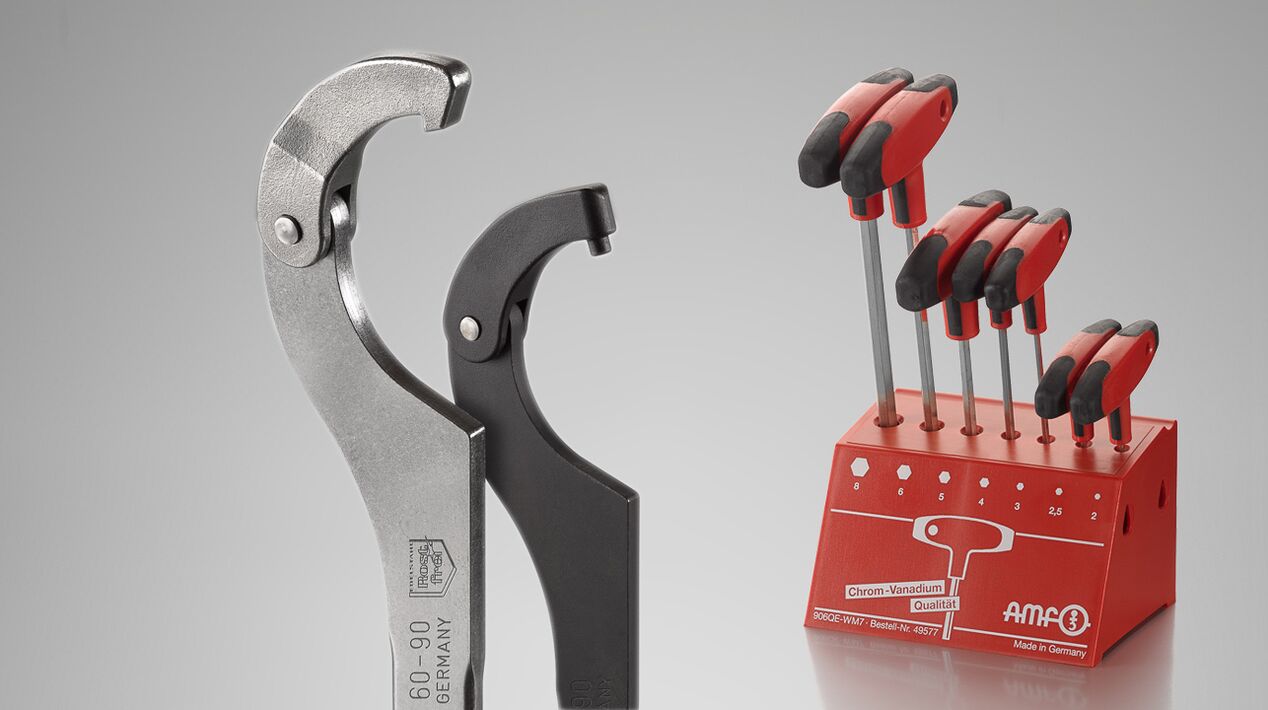
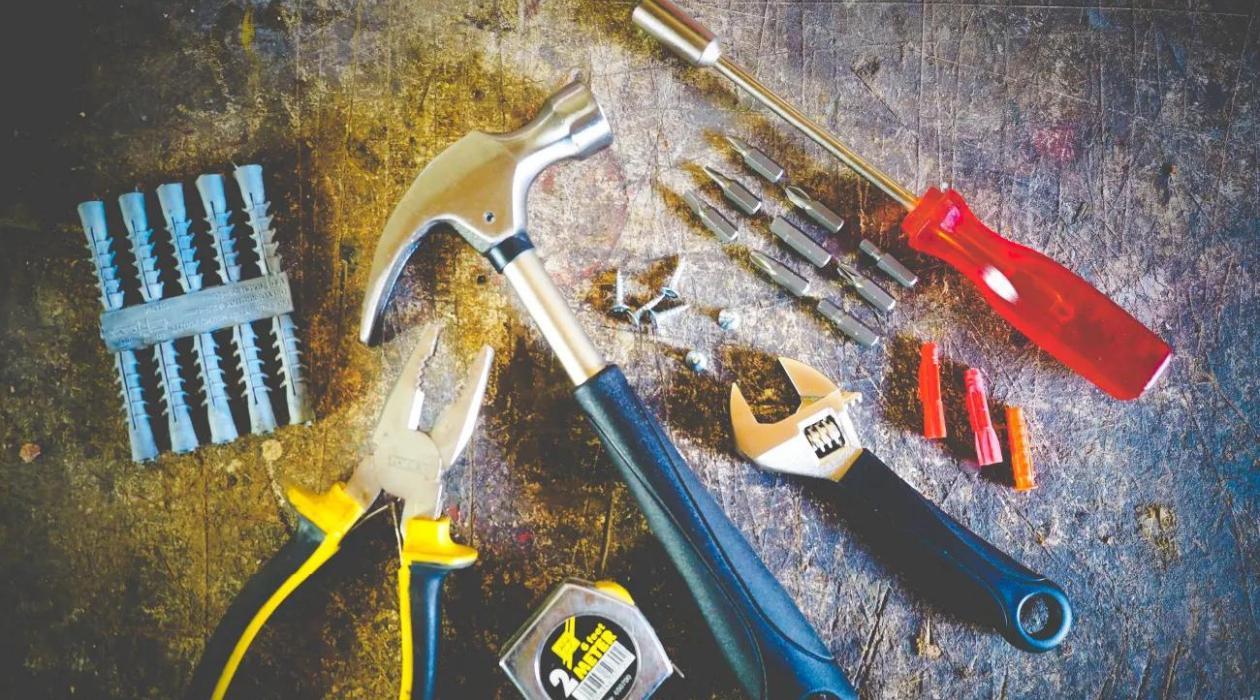
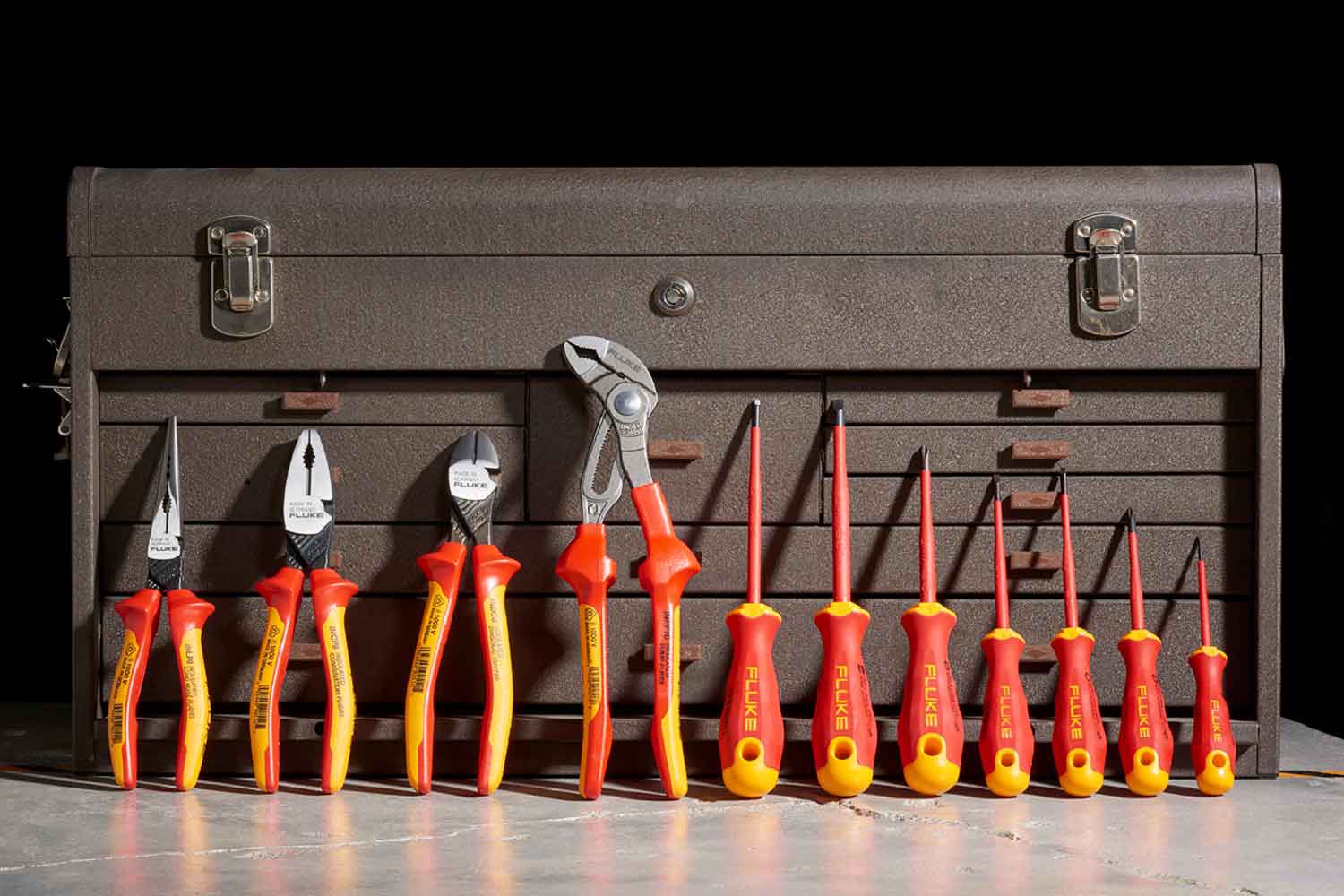
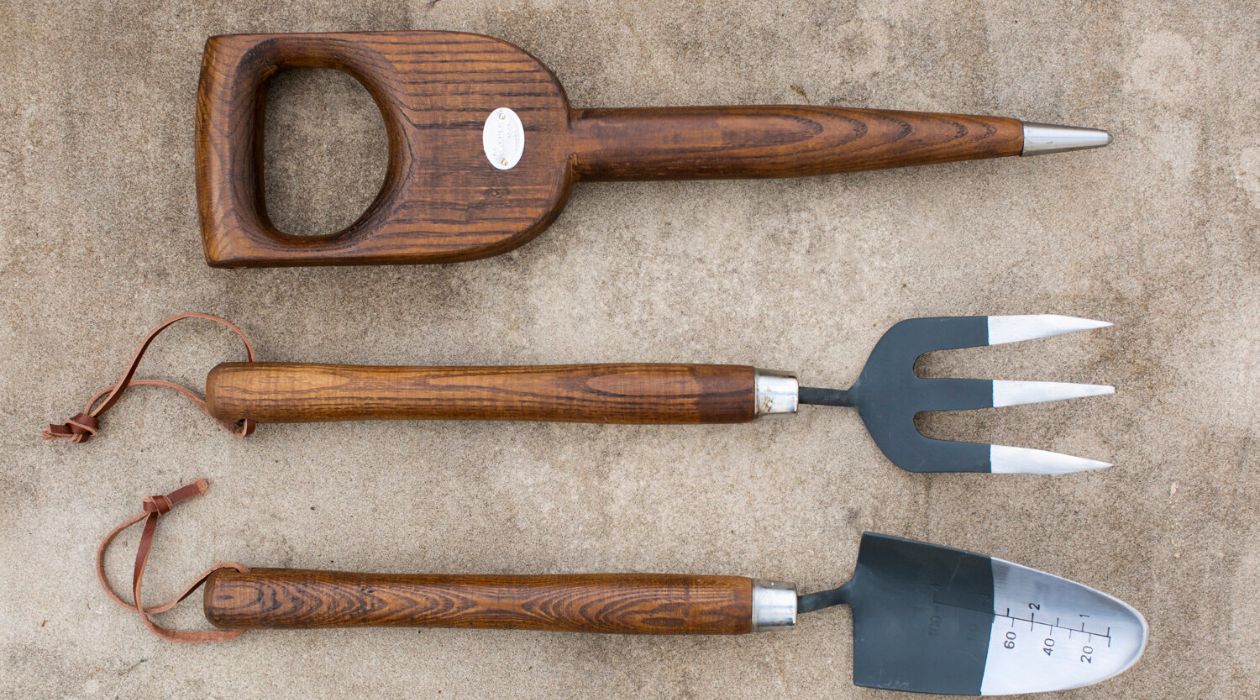
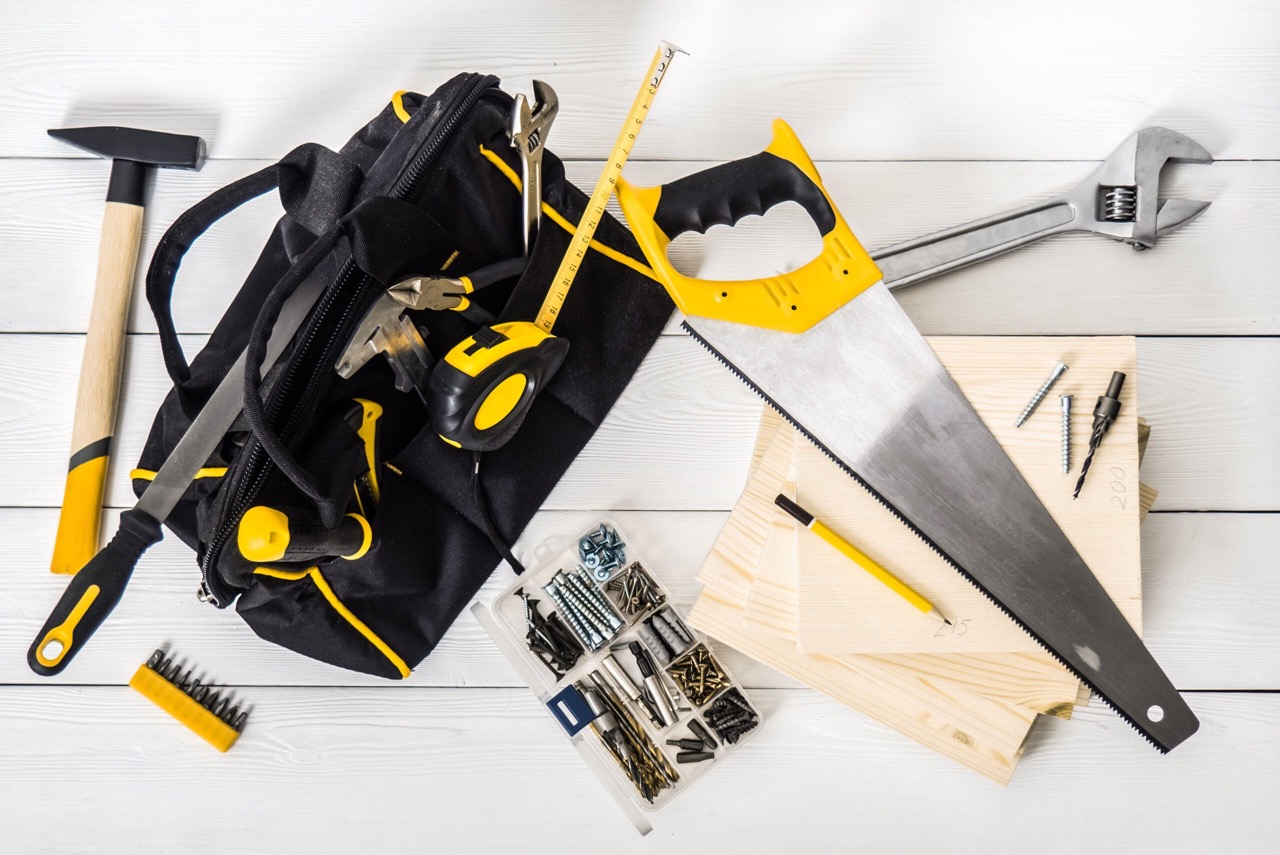
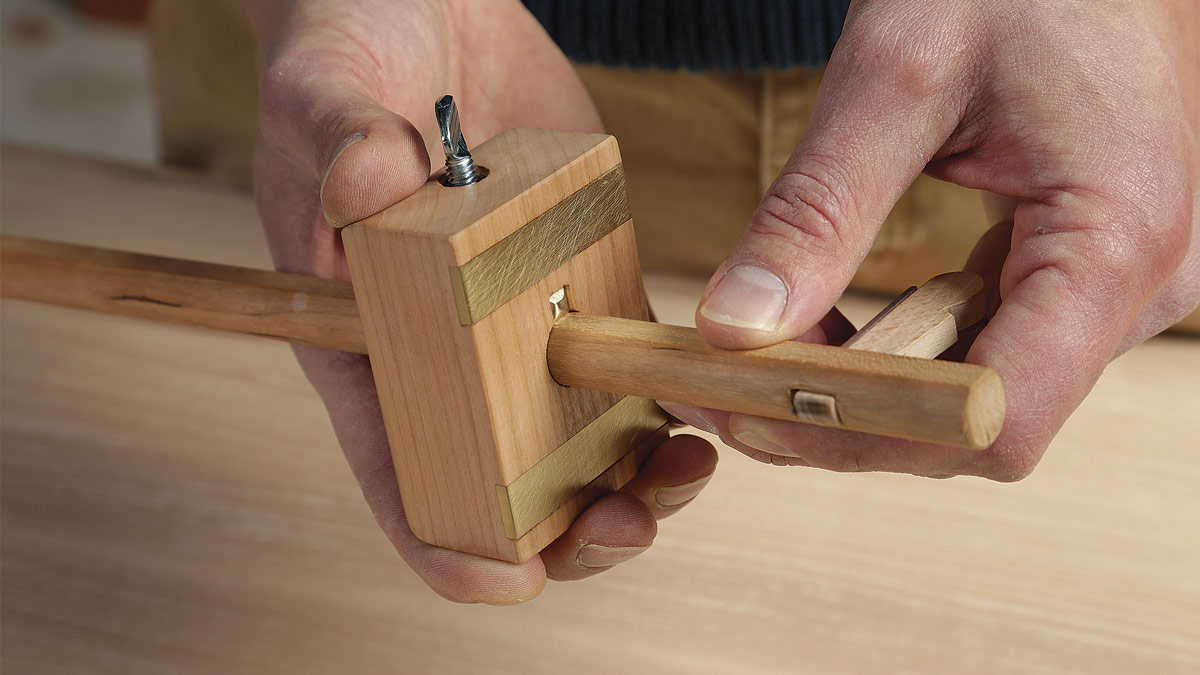
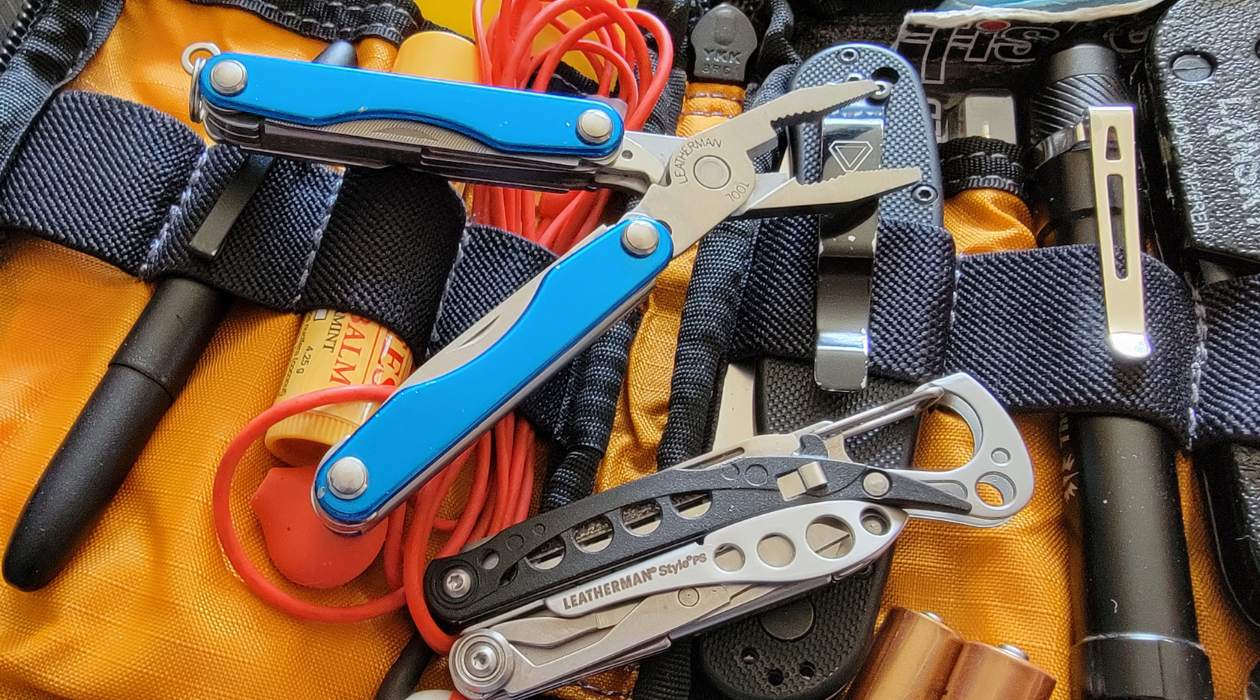
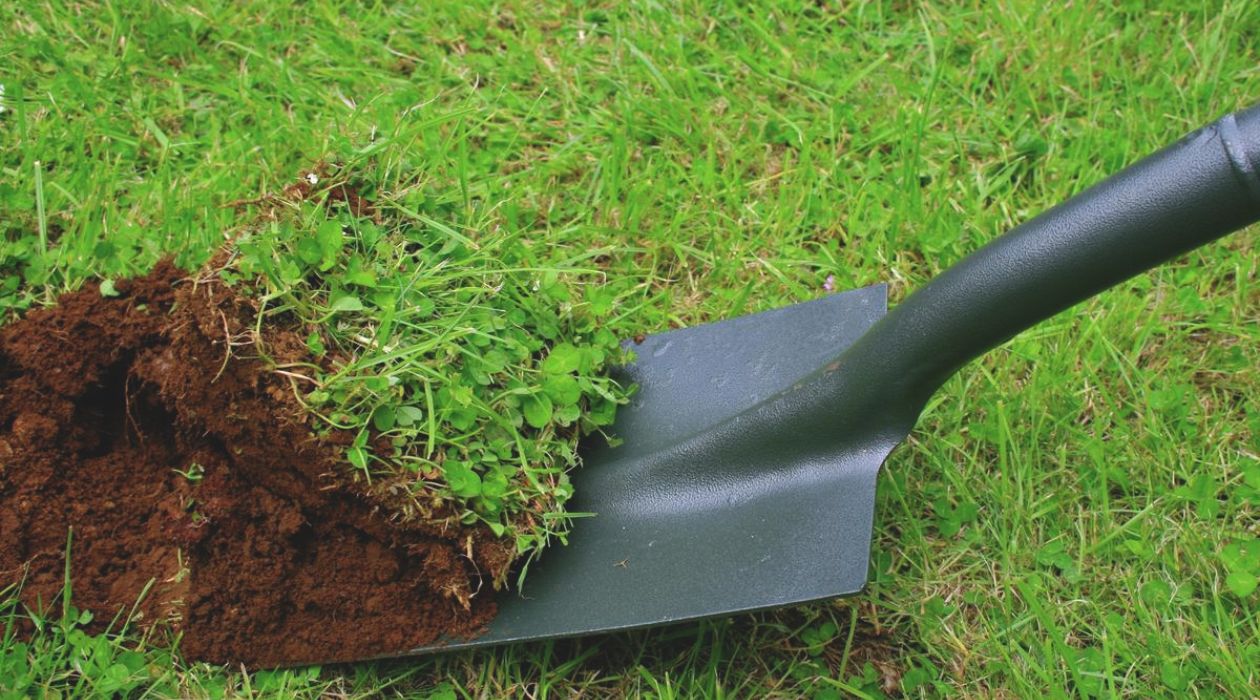
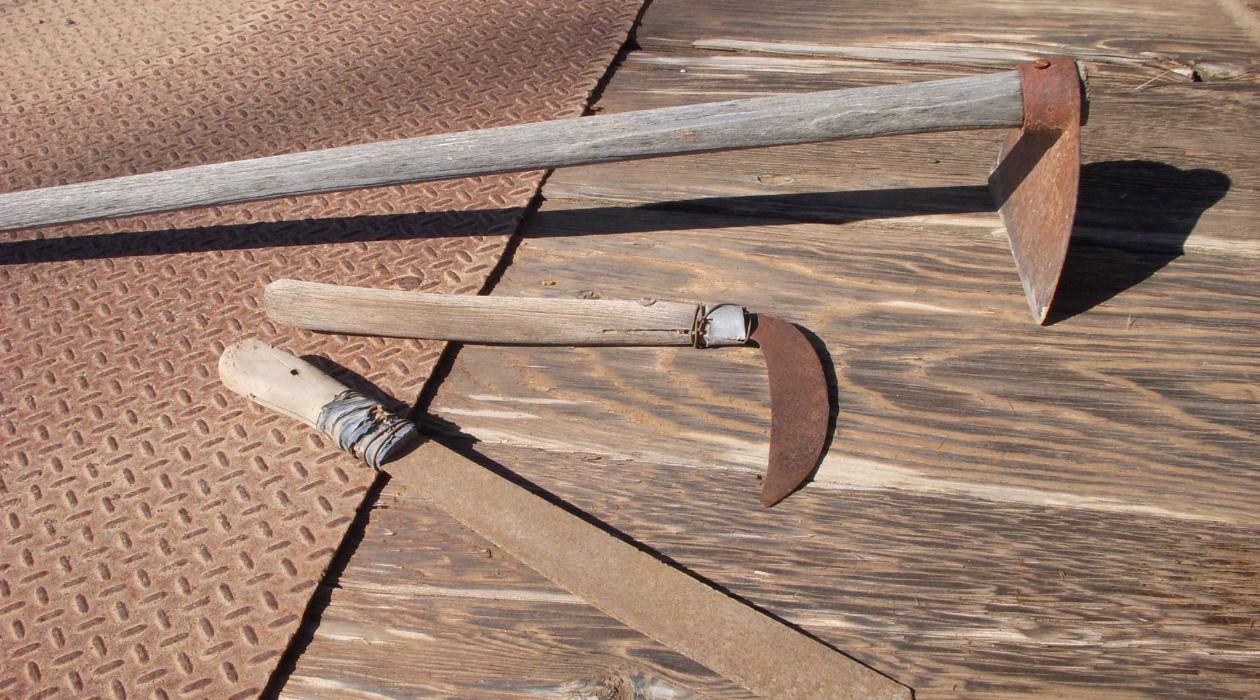
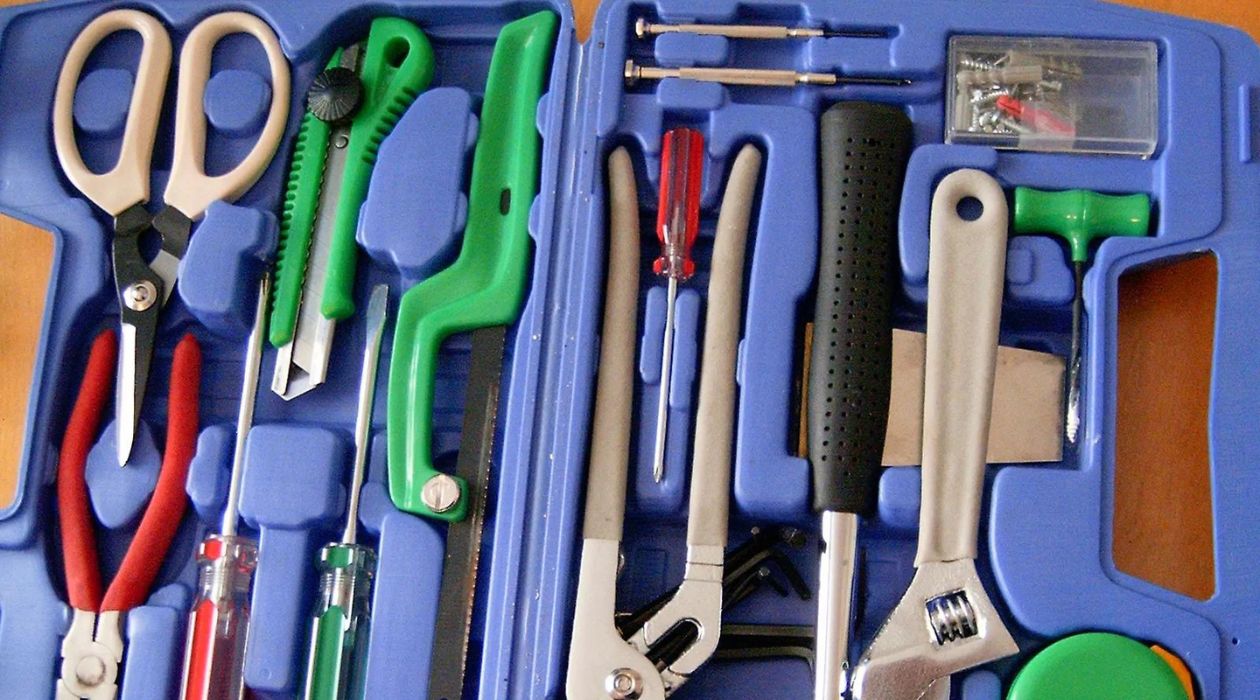
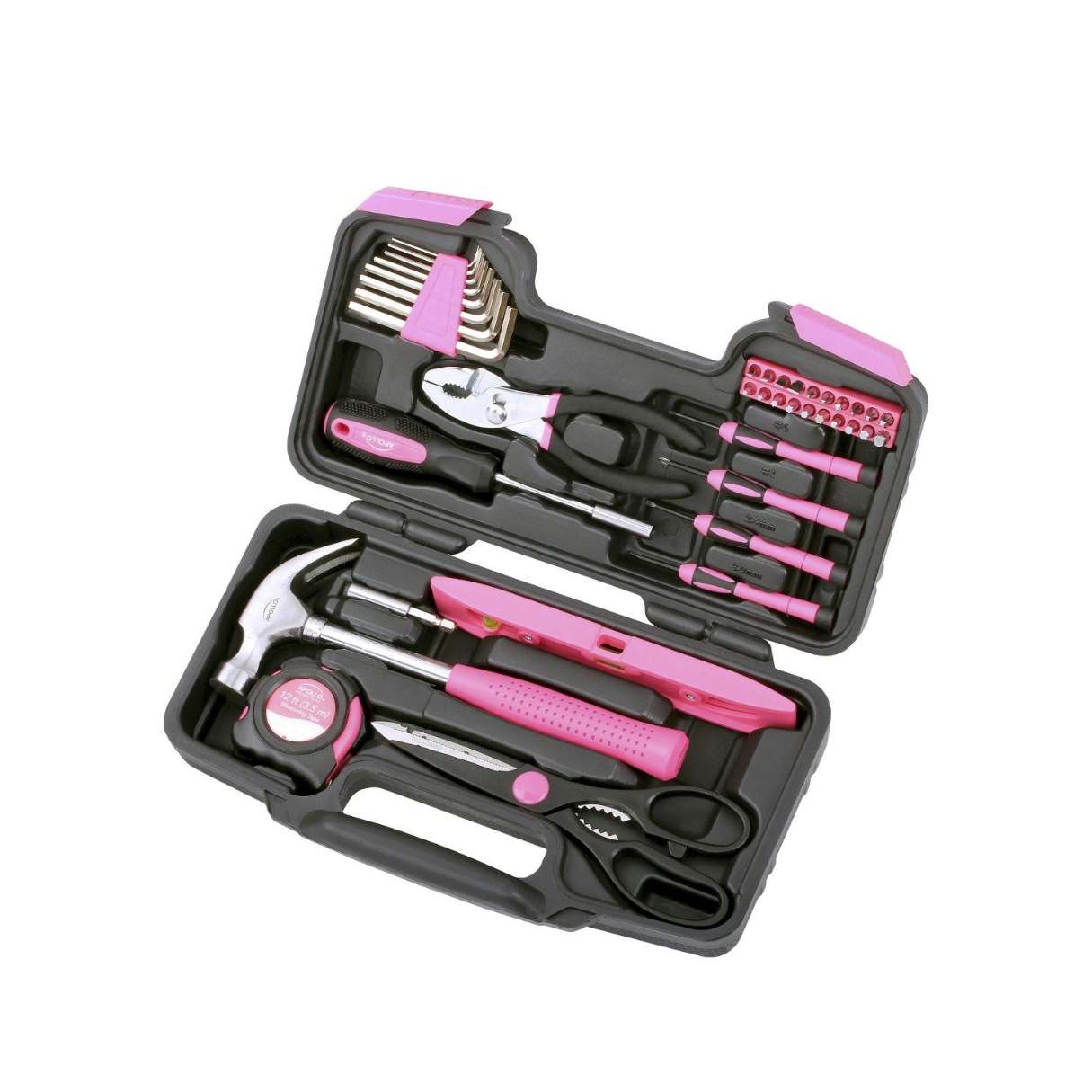
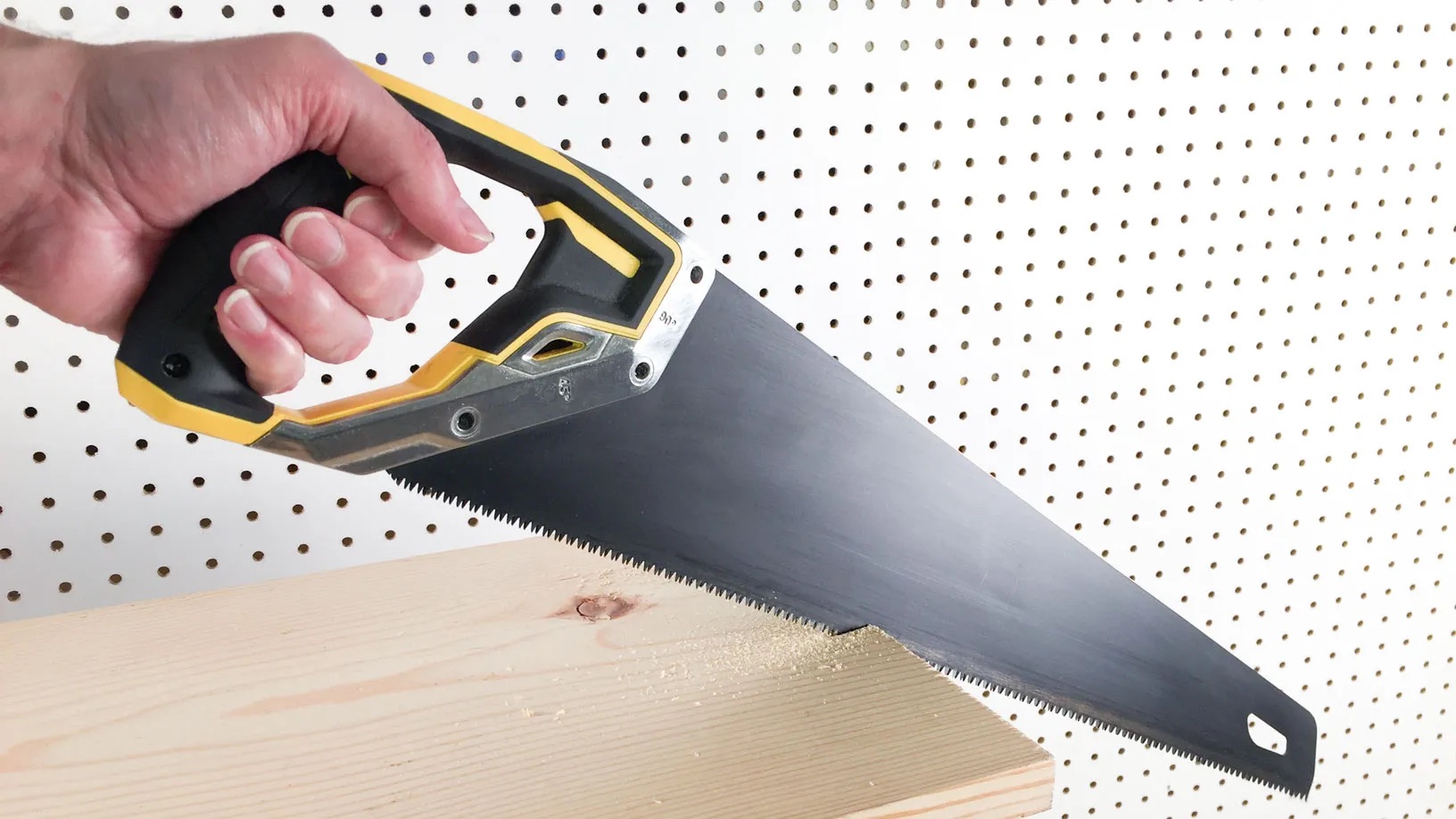
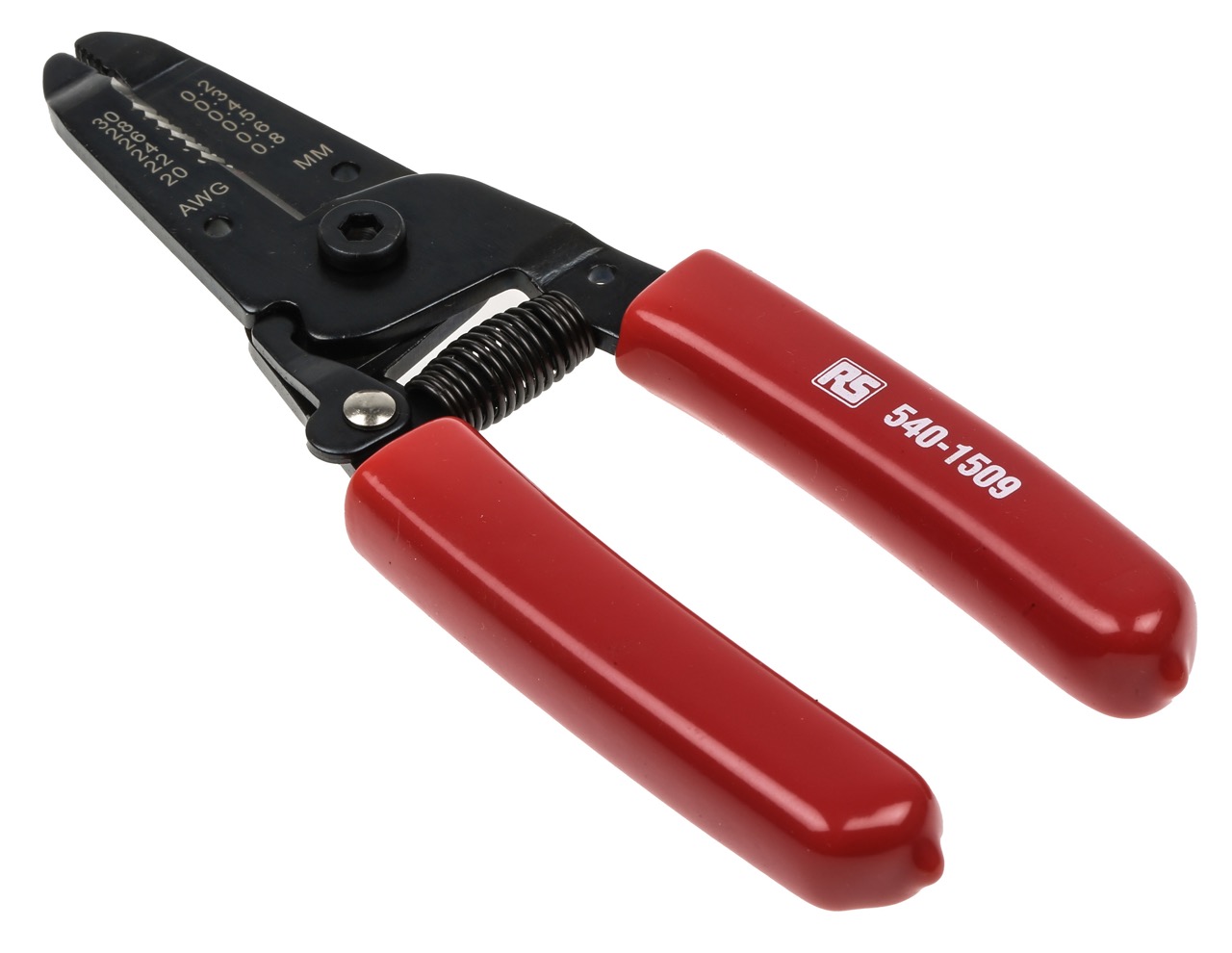

0 thoughts on “What Is A Hand Tool”